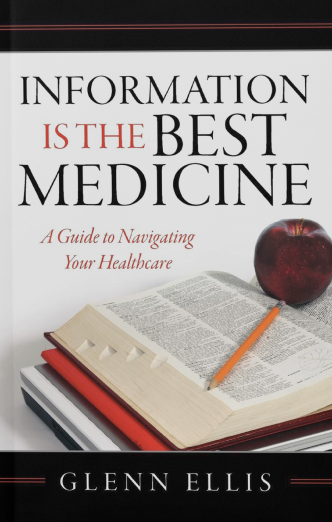Medical errors during a hospital stay are alarmingly common – but patients themselves can provide a key safety check.
It’s ironic that modern hospitals, which ease suffering and save countless lives, can also be dangerous places that hurt the very patients they’re supposed to help. Each year at least half a million hospital patients are harmed or killed by mistakes that doctors, nurses, and other staff members make, according to recent estimates. At least 3 percent of hospital patients – probably far more – suffer an adverse event serious enough to lengthen their hospital stay. Roughly half of those events are preventable, according to a large Harvard study. Even by the lowest estimates, hospital errors are the eighth leading cause of death in the U.S., ahead of car crashes, breast cancer, and AIDS.
Some hospital dangers seem to go with the territory. Hospitals are breeding grounds for infection, including potentially deadly infections resistant to antibiotics. That’s because hospitals house many infected patients and many more who catch infection easily because their immune system is compromised or because invasive devices, such as needles and catheters, can carry germs into the body. Another important danger: Medication mix-ups. The average hospital patient receives ten different drugs; these often have look-alike labels or sound-alike names, and are prescribed by many different specialists who either don’t communicate with one another or who leave notes in handwriting that can be hard to read.
Human error – which exists everywhere – can be disastrous in hospitals. Doctors and nurses who fail to wash their hands between patients can spread infections. Busy nurses may mistake micrograms for milligrams and give wrong drug doses, or mistake one patient for another and give the wrong drug. Surgeons occasionally forget to remove a sponge or clamp before sewing the patient up; a few have even operated on the wrong side of the body.
